Release date: 2016-10-20
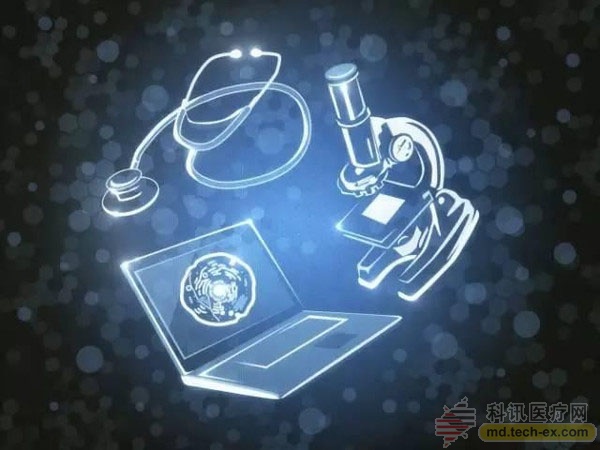
Recently, Frost & Sullivan, a global corporate growth consulting company, launched the "Top 10 Technologies Affecting Medical Models in 2025" list, which includes 10 popular technologies including quantum computing, 3D printing, medical robots, artificial intelligence, and nano-robots. The current status and prospects of their development now and in the future are briefly described.
As medical care moves toward individualization, time-space constraints, and sustainability, we need to ensure that there are sufficiently stable technologies to support and meet demand, thus providing patients with accurate and timely medical services. Recently, Frost & Sullivan, a global corporate growth consulting firm, conducted research on promising medical technologies and took stock of the “Top Ten Technologies Affecting Medical Models in 2025â€.
Interestingly, research reports show that the development of computers, robotics, nanotechnology, electronics and other fields play an important role in the transformation of the medical industry. The diagram below succinctly shows the cutting-edge technology that is or is about to change the medical model and predicts their commercialization and maturity.
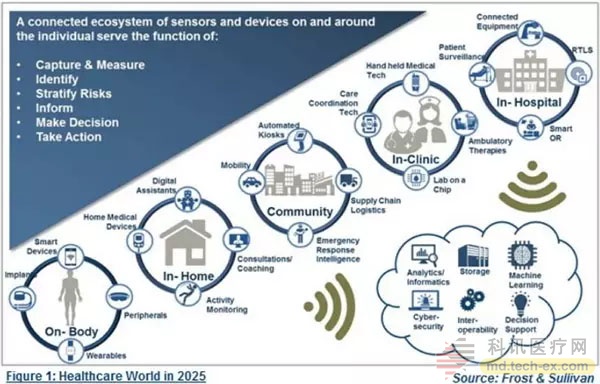

1. Quantum Computing
With the development of precision medicine, multiple information such as genes, environment, individual living habits, health indicators, and patient medical information are undoubtedly opening up a larger database. These figures will increase exponentially by 2025. At that time, even a supercomputer could not run such a large-scale database quickly. However, quantum computing has more computing power than traditional computers, and it can solve some highly complex medical problems. At present, its popularity faces the limitations of electronic inconsistency. Scientists hope that we can overcome these difficulties in the near future.
2, Artificial Intelligence (Artificial Intelligence)
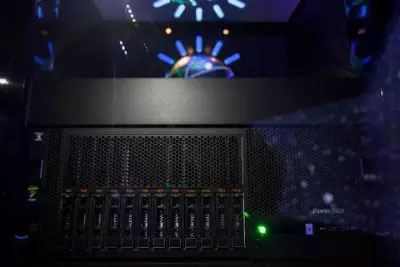
IBM's Watson (Source: Michael Nagle/Bloomberg)
Although humans' ability to analyze and solve problems is far superior to other species, we are still limited in the fast processing of information. Artificial intelligence can process data at a faster, deeper level, helping humans find a different perspective from a large amount of unstructured data. For example, IBM's Watson can read 40 million documents in 15 seconds.
Artificial intelligence also has excellent learning ability to achieve personalized analysis goals, so it can be widely used in the medical field: it can help doctors make accurate diagnosis (such as IBM Watson Health), predict the therapeutic effect of drug candidates (such as Atomwise) And mining medical record data to improve medical care programs (such as Google DeepMind Health).
3, medical robot (Robotic Care)
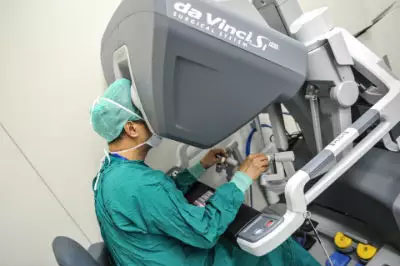
On April 15, 2015, the First Affiliated Hospital of Sun Yat-sen University used Da Vinci robotic surgery equipment to perform tumor resection (Source: VCG/VCG via Getty Images)
The application of robots in the medical field has been a long history, such as the Da Vinci robotic surgery system. Now, the robot application is changing rapidly, and the 2025 medical robotic operating system is bound to affect the existing model:
Thanks to remote monitoring, the robotic system enables doctors to remotely diagnose geographical distances, such as InTouch Health; medical robots can be responsible for the transport of items including drugs, test samples, patient food and even garbage in hospitals, such as Aethon TUG robots; medical robots can also provide rehabilitation services such as rehabilitation for special patients, such as Robea/Riba robots; for patients with mental illnesses such as autism and phobia, robots can act as medical helpers, such as exist – Phobot, PARO, NAO and Milo.
4, nano robots (Nanorobots)
When developed to the nano level, robots can perform completely different functions. Considering that it can enter the human body through blood circulation, more and more scientists are trying to explore the nano-robot in pathological monitoring, function (carrying oxygen, destroying pathogens), targeting drugs (treating cancer, preventing internal bleeding), nano Application potential in terms of grade surgery. The combination of nanoscience and life medicine has led to the development of nanomedicine, which can revolutionize traditional medicine in pharmacy, regenerative medicine, medical imaging, and diagnostic technology.
5, human body electronic (Cyborgization)

On August 16, 2016 in Zurich, Switzerland, Robert Radocy won the "Cybathlon" (Photo source: MICHAEL BUHOLZER/AFP/Getty Images)
Maybe in 2025, not only will robots enter our bodies, but perhaps part of our body will turn into electronics. This concept is now more common in applications such as prosthetics, organ replacements, etc. These replacement devices allow the limb or sensory to regain function and even return to normal levels. In addition to bionic prostheses, it is estimated that 3-5 million people have RFID chips in their bodies. In the future, our limbs, vision or hearing ability will be enhanced.
6, brain machine interface (BCI)
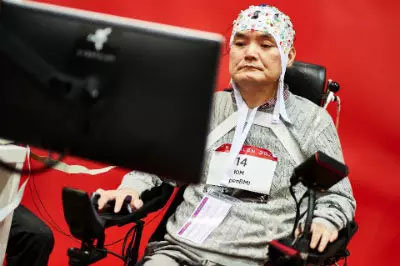
On October 8, 2016, South Korean player Hong Gi Kim was in the final of the brain-computer interface of the "Human Sports Competition" (Source: MICHAEL BUHOLZER/AFP/Getty Images)
Another manifestation of human body electronics is the "brain machine interface." It refers to establishing a direct connection path between the human brain and external devices. The most common application of this technique is to achieve brain imaging and monitor neural activity. At the same time, brain-computer interface technology is expected to achieve "neural bridge": with the help of brain-computer interface equipment to help patients with re-activity of limbs. Existing application cases include cochlear implants, cardiac pacemakers, and applications such as retinal implants (recovery of vision) and spinal stimulators (pain relief) are also being developed.
7, portable diagnostic equipment (Diagnostic Device)
Many research teams are trying to develop a hand-held portable diagnostic device that scans human organs and diagnoses diseases in seconds. Although this idea has not yet been realized, the current research has gradually been applied in various subjects and organs. In 2012, the "Tricorder X Prize Contest" was launched to promote the development of diagnostic equipment for 13 diseases including pharyngitis, sleep apnea, atrial fibrillation, etc. The equipment participating in the competition was required to be friendly and the weight was not exceeded. 5 pounds. The final winner of this competition will be announced in 2017, and it is hoped that these devices will be put into market in 2025.
8, digital diagnosis and treatment (Digital Avatars)
In 2025, patients may be able to self-test with portable diagnostic equipment, but they still need a doctor to give results analysis and diagnosis. Of course, telemedicine will be an option. In addition, patients can also resort to devices similar to cell phone voice assistants, such as holographic projection doctor Dr. WebMD.
Dr. WebMD uses holographic projection technology to communicate face-to-face with patients and provide query services. It relies on artificial intelligence technology to solve multiple queries simultaneously. In addition to solving patient questions, it can help patients make appointments to doctors via the Internet and reflect the patient's symptoms and concerns to the doctor to build a digital medical care model.
9. Augmented/Virtual Reality
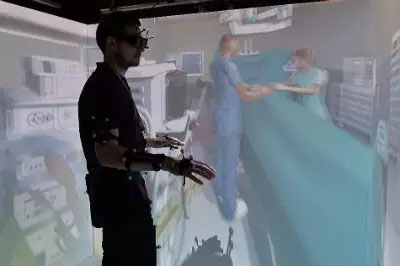
On March 24th, 2016, French software engineer Eric Brinette demonstrated the “VirTeaSy Surgery†system simulation process developed by HRV fusion augmented reality, virtual reality and 3D technology (Source: JEAN-FRANCOIS MONIER/AFP/Getty Images)
The application of augmented reality and virtual reality technology is multi-faceted, providing more convenience and protection for doctors and patients at the same time. With virtual technology, doctors can simulate the surgical process and realize the research and teaching of human anatomy. Augmented reality allows doctors to “see through†the anatomy more accurately and understand the location of organs and blood vessels. For patients, these two techniques are mostly used to treat a variety of mental illnesses such as fear. As technology advances, we expect more and more advanced applications to emerge in 2025.
10, 3D printing (3D Printing)
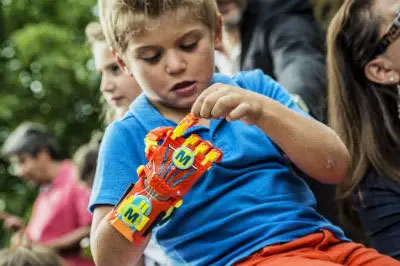
Boys with congenital right hand deformity get 3D printed "hands" (Source: JEFF PACHOUD/AFP/Getty Images)
Bio 3D printing technology is widely used in personalized implants, interventional instruments and drug development. In addition, bioprinting of active tissues such as skin, blood vessels, organs, etc. is also a major application prospect in regenerative medicine. At present, 3D printed blood vessels and trachea have been used in the clinic, while 3D printing kidneys and livers are mainly used for drug toxicity testing. Bio 3D printing technology is more suitable for "personalization" than traditional manufacturing methods.
Source: Bio-Exploration
Salted Kelp Roots
The original ecological kelp means that we pack the young kelp with saturated salt water directly after washing without any preservatives.Original ecological products are the favourite of housewives.
Salted kelp:
How to eat:
- Soaking about 30 minutes to moderate salty
- Cook . make salad or add to hot pot after draining the wate

The difference between deep sea kelp and traditional ordinary kelp
Nutrational Effects
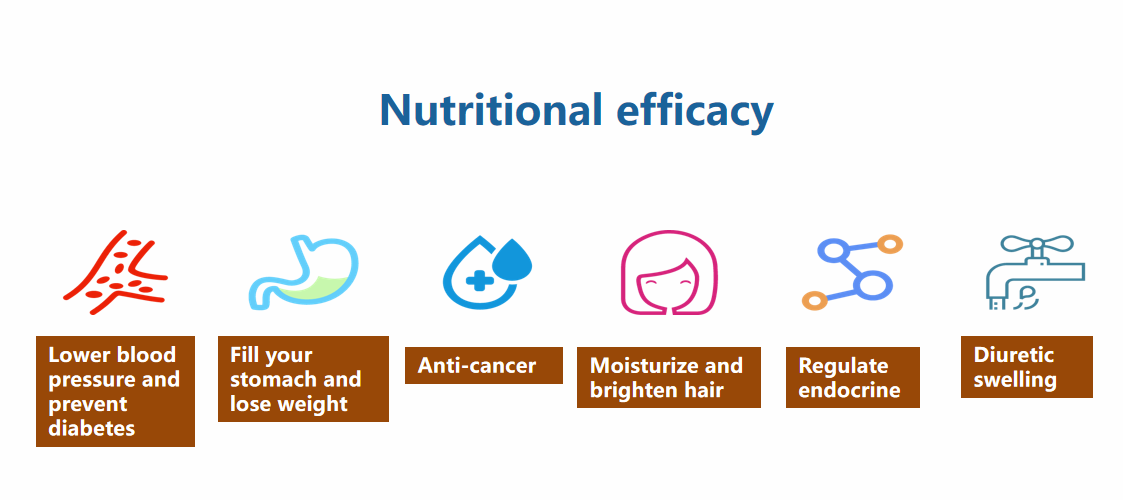
Salted Kelp Roots,Sea Kelp,Organic Kelp,Organic Kombu
Shandong Haizhibao Ocean Science and Technology Co.,Ltd. , https://www.haizhibaoseafood.com